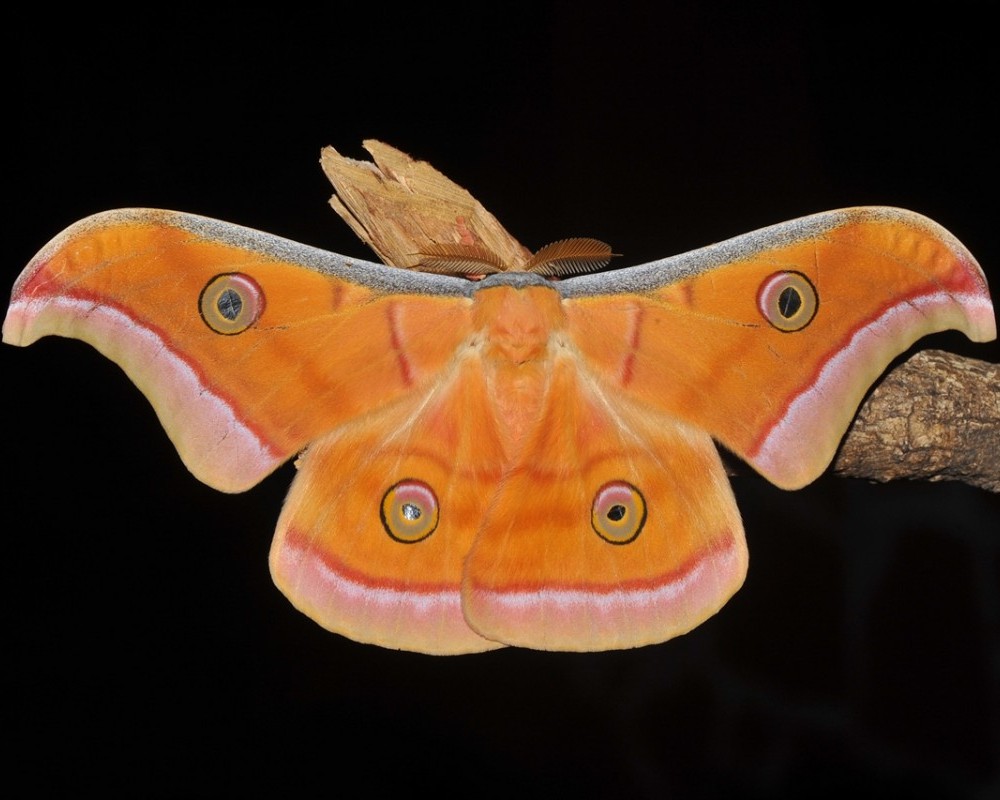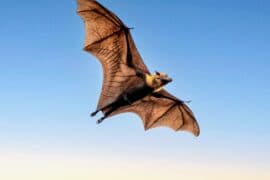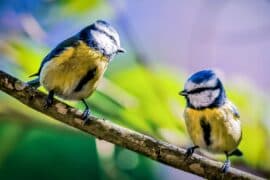South India small tussore
(Antheraea paphia)

Description
Antheraea paphia, known as the South India small tussore, the tasar silkworm and vanya silkworm is a species of moth of the family Saturniidae found in India and Sri Lanka. The bulk of the literature on this species uses a junior synonym, Antheraea mylitta, rather than the correct name, A. paphia. It is one of a number of tasar silkworms, species that produce Tussar silk, a kind of wild silk that is made from the products of saturniid silkworms instead of the domesticated silkworm (Bombyx mori). This species is variable, with at least 44 identified ecoraces, populations adapted to varied ecological conditions and food plants. Ten ecoraces are used for silk production and have been studied to obtain data about their life cycles and silk characteristics. Some ecoraces are so well differentiated that they do not interbreed in nature, though they are not genetically distinct and can be bred in captivity. The male is reddish or yellowish. Costal brown and grey fascia of forewings reaching the apex. Hyaline and ocellated spots are much larger than those of A. roylei. The submarginal line of the hind wings close to the margin. No marginal yellow line is seen. Females may be pinkish-brown or bright-yellowish fawn; their hyaline and ocellated spots are larger than the males. Larvae are green colored with paired dorsal series of yellow humps. White lunulate spots on the fifth and sixth somites have purple borders, whereas a lateral yellow line from seventh somite ends in a dilated brown band on the anal somite. Spiracles are yellow. The cocoon is brownish grey, hard, and oval, attached to the host plant by a silken peduncle. Antheraea is a moth genus belonging to the family Saturniidae. The genus was erected by Jacob Hübner in 1819. Several species of this genus have caterpillars which produce wild silk of commercial importance. The butterflies of the genus are very large and yellowish to brownish in color. There are large disc-shaped spots on the fore and hind wings. There are no significant differences in wing markings between the sexes. The tentacles are quadruple comb-shaped, in the males they are very broad and feather-like, in the females, however, narrow. The caterpillars are green and have convex segments with distinct but reduced spines or hairs. They pupate in a large, firm ovoid cocoon without a hole. To leave the cocoon, the hatching butterflies release a protease that breaks down the spider silk.
Taxonomic tree:







